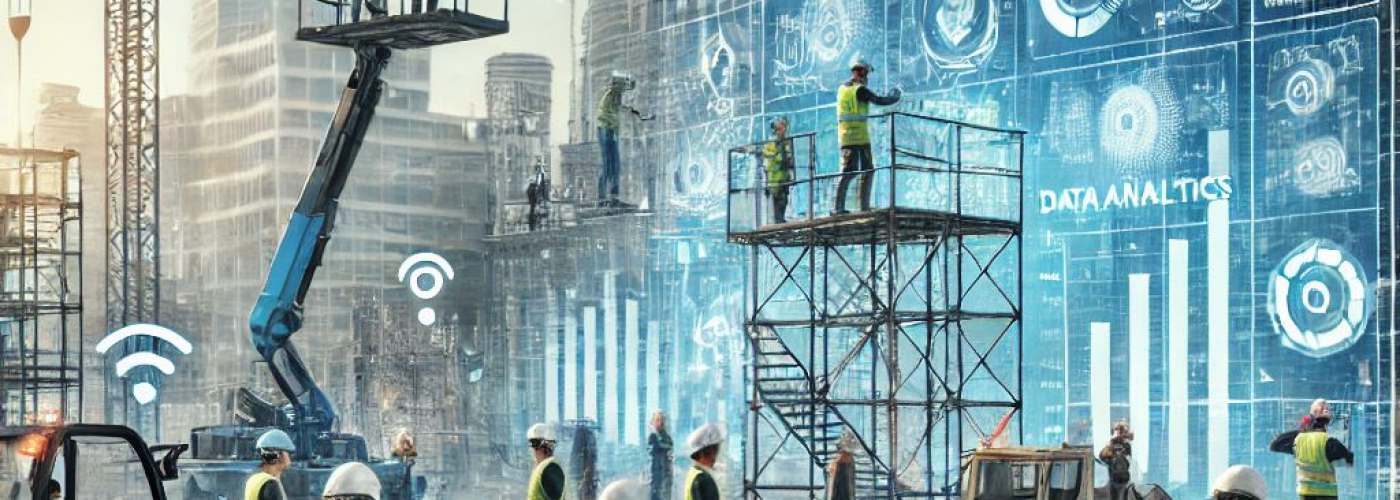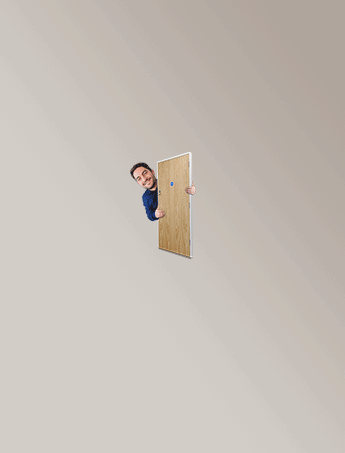Smart technology has become so deeply embedded in our everyday routines that many of us barely notice it anymore. From the way we shop and communicate to how we manage our homes and workplaces, tech-enabled solutions are working in the background to make life smoother, faster and more efficient. While consumers interact with voice assistants, wearable fitness trackers and smart fridges, industries behind the scenes are adopting systems like advanced industrial controls & equipment solutions to drive innovation at a much larger scale.
The growth of the Internet of Things (IoT), artificial intelligence and automation has reshaped both consumer and commercial landscapes in subtle yet powerful ways. Instead of flashy, sci-fi-style tech revolutions, what we’re experiencing is a quiet but steady shift in how the world functions — and it’s happening in more places than you might expect.
Smarter Homes Mean Simpler Living
In Australian households, smart tech is becoming a staple. Devices like connected lighting, air-conditioning systems, smart speakers and security cameras are no longer novelties — they’re affordable, accessible and designed for everyday convenience.
Smart homes can:
- Save energy by automatically adjusting lighting and temperature
- Improve home security with motion detectors and live camera feeds
- Provide hands-free assistance for cooking, scheduling, and reminders
- Help people with limited mobility live more independently
Apps now allow homeowners to control nearly every aspect of their environment from a smartphone, making it easier to stay comfortable and safe without lifting more than a finger.
Healthcare at Your Fingertips
The health sector is another area undergoing quiet transformation. Wearable tech like smartwatches and fitness bands track heart rate, activity levels and sleep patterns, allowing users to monitor their well-being in real time. These tools have moved from being fitness-focused gadgets to critical aids in chronic disease management.
Even more impactful is the rise of telehealth. Video consultations, digital prescriptions and remote monitoring systems mean patients can access care without stepping into a clinic. For those living in rural or remote areas, this shift has been nothing short of revolutionary.
Meanwhile, behind the scenes, AI-driven diagnostics and robotic surgical tools are assisting medical professionals in ways that boost accuracy and improve patient outcomes.
Transport is Getting More Predictable
Transport systems are also benefiting from smart upgrades. GPS tracking and real-time updates are helping commuters plan their routes more efficiently. In cities like Sydney and Melbourne, public transport apps can now tell you not just when your bus is arriving, but how crowded it is.
On a larger scale, infrastructure is being equipped with sensors that monitor wear and tear, predict maintenance needs and reduce downtime. It’s not just about convenience — these advances are improving safety and reducing costs for governments and operators.
Smarter Industry, Quieter Operations
While many innovations are visible to consumers, some of the most dramatic improvements are happening behind closed factory doors. Manufacturing, logistics and utilities are increasingly driven by smart systems that collect data, optimise performance and flag issues before they become major problems.
These advances are made possible through innovations such as advanced industrial controls & equipment solutions, which streamline operations without the need for constant human oversight. From managing energy usage in commercial buildings to maintaining ideal production conditions on assembly lines, smart tech is reducing waste, lowering costs and improving quality control.
The Future Is Subtle — and That’s a Good Thing
One of the most fascinating things about smart technology is that the best solutions don’t demand your attention. They work quietly in the background, adjusting, learning and responding to your needs without requiring constant input. This shift towards seamless, invisible tech is helping people reclaim time, reduce stress and make better-informed decisions in everyday life.
Whether it’s a fridge that helps plan your meals, a thermostat that learns your routine, or a factory that runs more efficiently thanks to intelligent systems, smart technology is changing life as we know it — not with a bang, but with a whisper.





